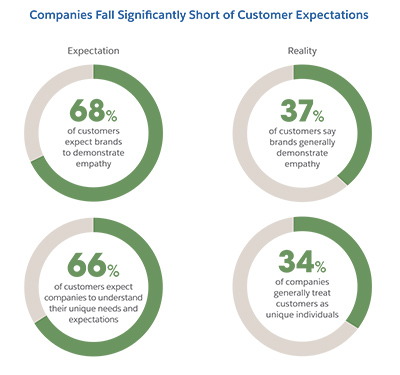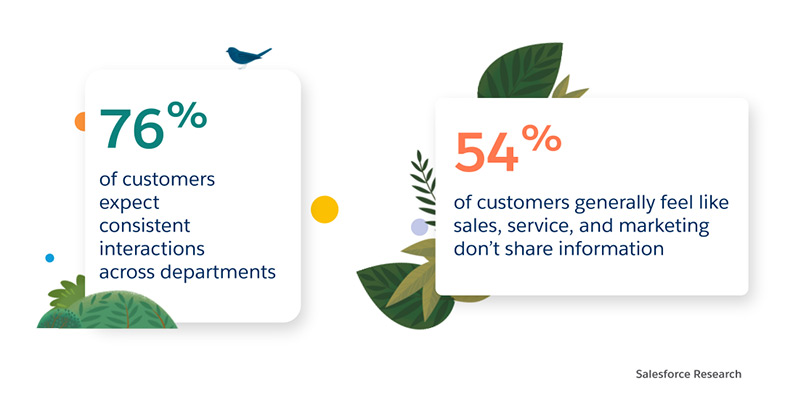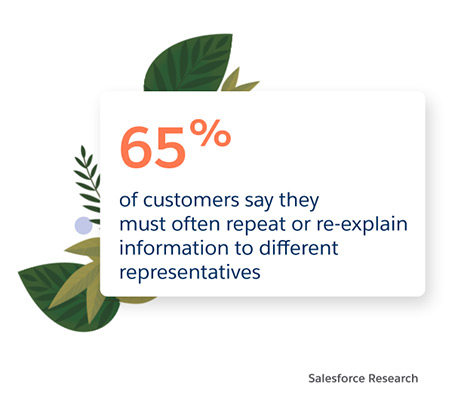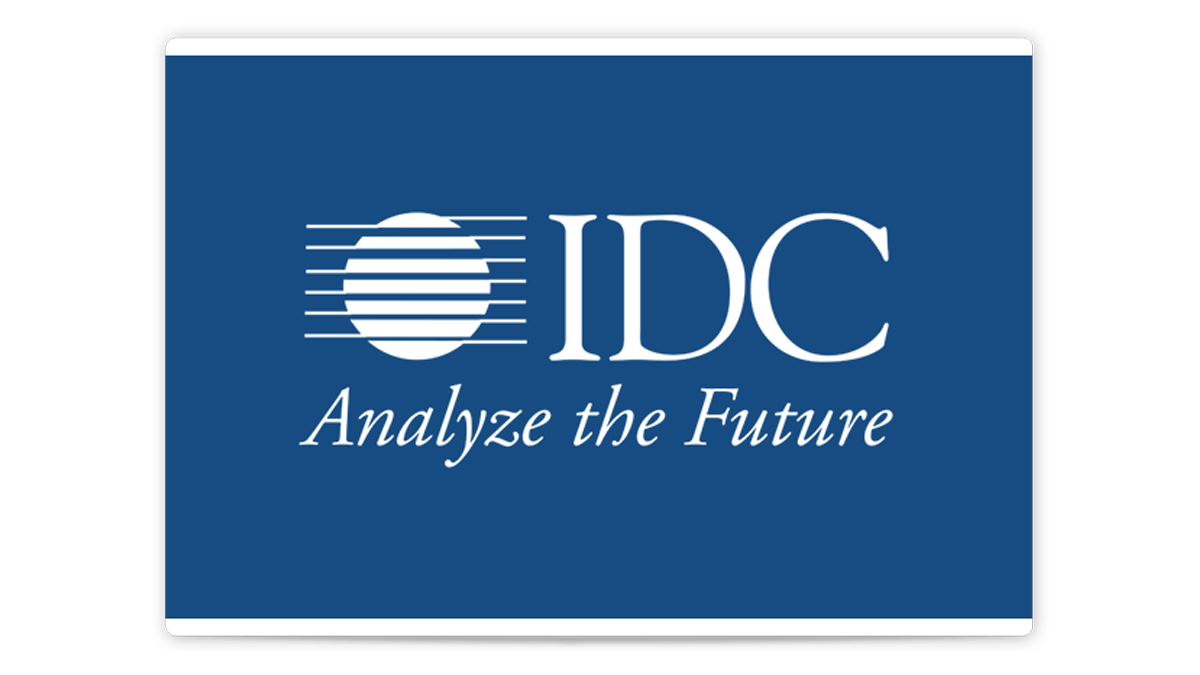A Guide to Improve Your Customer Focus
Keep your business focused on customer needs.
In an era of rapidly changing customer expectations and increased market competition, it’s more important than ever for businesses to have razor-sharp customer focus.
Customer focus requires businesses to have an obsessive knowledge of what their customers need and how to deliver. Let’s look at Hulu as an example. Before Hulu, fans of network TV shows like “Parks and Recreation” had to watch the shows when they aired or wait for full seasons to be released on DVD. After recognising the need for an internet streaming service for network TV shows, a group of different media companies founded Hulu as a joint venture in 2007.
Giving fans on-demand access to shows represented a revolutionary level of customer focus. In the years since, multiple streaming services emerged to meet the varying needs of each customer — by offering multiple different subscription options, producing streaming-exclusive shows, and bringing legacy network shows like “Seinfeld” to streaming for the first time.
Through intense customer focus, video streaming services have changed the way we consume entertainment. Now, let’s talk about what you can achieve through customer focus.
What is customer focus and why is it important?
Customer-focused businesses are built around customers’ needs. This means they focus on how every interaction helps the customer, rather than how interactions help their business.
Putting customer needs at the heart of everything you do positions you to strengthen customer relationships, help customers achieve their goals, and increase customer loyalty and satisfaction — all key benefits of a robust CRM. These are all accomplished through personalising customer interactions and making relevant product offerings, which lead to business growth.

Yet many companies lack access to the information they need to understand customers’ needs and expectations, or to adapt to their actions and behaviors.
According to the fourth edition of Salesforce’s “State of the Connected Customer” report, 66% of customers expect companies to understand their needs and expectations, but the same number of customers say they generally feel treated like numbers. Similarly, 68% of customers expect companies to demonstrate empathy, but 63% say companies generally don’t do this.
Customer focus is a vital component of business growth because it allows your business to create a cohesive, personalised brand experience. But transforming your business to be customer-centric goes beyond new technology — it also requires new ways of thinking. Your business must make a fundamental mindset shift to unite departments and operations around the customer and create personalised experiences at every turn.
What does a customer-focused organisation look like?
Leading cosmetics brand e.l.f. is built on customer focus. The makeup and skincare brand has always championed inclusivity, but in recent months, e.l.f. has been speaking up even more — using its platform to denounce widespread racial injustice across the U.S. As a Trailblazer, e.l.f. is using its digital expertise to bring about positive change and build meaningful connections with customers.
Research shows e.l.f. is on the right track: 56% of customers say they've reevaluated the societal role of companies during 2020. Even in a downturn for the makeup industry, e.l.f. continues to earn customer loyalty and nurture a community that will endure.
Bitty & Beau’s Coffee, a company of coffee shops run by employees with intellectual and developmental disabilities, is another Trailblazer focused on serving customers in unprecedented times. Four years ago, Amy and Ben Wright founded Bitty & Beau’s Coffee, which they describe as “a human rights movement disguised as a coffee shop.”
Now, Bitty & Beau’s is leading through change by pivoting the business to serve customers online from anywhere, and in person with a new focus on safety for customers and employees. By changing its business model to fit customers’ needs, this small business exemplifies what customer focus is all about.
How do you build a customer-focused culture?
The first step is to make sure you understand your customers and their needs. This starts with empathy. An often overlooked trait, empathy is all about putting yourself in another’s shoes and considering their unique perspective and challenges — and there are many ways to build empathy for your customers.
From a technical perspective, you can enable a customer-focused culture by collecting disconnected sources of customer data into a single, 360-degree view of your customer. Once the data is all in one place, you can put it into action to understand what customers want and deliver better experiences. With a single view of your customers, your teams can build stronger relationships with every single customer.
Here are six ways you can build a customer-focused culture:
1. Listen to your customers.
To really get to know your customers, consider their unique needs and what drives their decisions. Think about how your products and services can help them achieve their goals. Then position your messaging around the things your customers care about.
To gain insights about what your customers really want, gather and analyse different types of data — such as web analytics, attrition rates, and product use patterns. Once you know how customers want to be engaged, you can also tailor your interactions based on the best time and type of content for them.
Surveys are a great way to find out what your customers really think about your business. You can also set up a customer advisory board to meet and discuss industry trends, business priorities, and strategy. Be sure to invite customers to provide feedback on every channel.
Social listening is another useful tool for focusing on customers. Customers use an average of nine channels to engage with companies, so monitoring what’s being said about your brand on social media can be a great source of insights.
Try these strategies for social listening:
- Check for direct mentions and hashtags featuring your brand and products — across every social media platform your brand uses. Don’t forget to search for common misspellings, too. You know how to spell your company or product name, but customers may not.
- Monitor hashtags your customers are actually using. The terms you use may not reflect how your customers discuss your company or industry. Follow any thought leaders, industry influencers, or companies who represent your ideal customer. See what hashtags they’re using.
- Track competitors’ activity. Do you know what customers are asking your rivals? If the same questions keep coming up, consider whether you should address them in your own blog or marketing content.
- Ask your audience. Want to know something specific? Facebook, Twitter, and Instagram all have polling tools, or you can simply ask your followers an open-ended question.
2. Make space for ideas.
Once you’ve gained valuable customer insights, share them throughout your business. Though sales and customer service staff are usually the ones tasked with prioritising customer interactions, a customer focus should be a companywide priority.
If possible, create opportunities for all levels of the business to focus on customers. Everyone from sales associates to your office assistant can benefit from handling service calls and learning about customers firsthand.
Many businesses have traditionally left idea generation up to a select group of individuals, but great ideas can come from anywhere. In fact, organisations such as Unilever and Ikea now actively involve customers in problem-solving and new product development through co-creation platforms and initiatives.
As organisational consultant Simon Sinek says, “The role of a leader is not to come up with all the great ideas. The role of a leader is to create an environment in which great ideas can happen.”
3. Break down internal barriers.
Silos, swim lanes, bubbles. Organisational experts may use different terms, but the core problem is the same: Customer data often lives in multiple systems owned by different departments, which results in disconnected experiences for customers dealing with your business.


Disjointed data is also a significant barrier to creating valuable, personalised customer experiences. That’s why it’s so important for businesses to empower teams to work together with a shared view of every customer engagement.
Breaking down silos is easier said than done. But to be truly customer-focused, businesses need to work toward building a complete 360-degree customer view. Once you’ve achieved that, you’ll be able to deliver unified cross-channel customer engagement.
4. Unlock your data and accelerate digital engagement.
The COVID-19 pandemic has elevated customer expectations for digital capabilities. Eighty-eight percent of customers expect companies to accelerate digital initiatives due to the pandemic, and 68% of customers say they’re now online more often than not.
Customers’ rising expectations are also influenced by their experiences with the personalised, seamless journeys provided by leading brands in recent years. These journeys, which deliver relevant content to customers across different brand touchpoints, are often powered by artificial intelligence (AI) and customer data. To stay competitive, it’s vital for brands to take each customer on a personalised journey from awareness to purchase.
To accelerate your digital initiatives, consider implementing real-time content and shopping recommendations based on customers’ browsing and purchasing histories. You can also send push notifications to customers’ smartphones, offering them discounts on items they’ve looked at. All of these recommendation engines are seamlessly powered by AI and customer data, giving customers immediate access to exactly what they’re likely to be interested in.
Chatbots are another useful digital tool powered by AI and data from past customer interactions. You can use them to qualify and respond to common service requests, so agents have more time to solve in-depth problems. By unlocking your data and using AI-powered digital engagement, your brand can have more meaningful interactions with customers at a time when they’re online more often than ever before.
5. Appoint a customer-focused advocate.
Customer focus can get lost in the day-to-day business of, well, running a business. That’s why appointing a CCO (chief customer officer) is a great idea.
The CCO’s role is to be the voice of the customer and ensure that customer focus is maintained throughout your organisation. The CCO uses data and research to champion customers’ needs, help guide the design of products and processes, and identify where teams need to improve their customer focus skills.
The CCO also ensures that having a strong customer focus results in tangible benefits to your business, including increased customer satisfaction and customer loyalty, along with greater revenue.
6. Create opportunities for learning.
Although building a customer-focused culture isn’t something you can do overnight, implementing these strategies will set you on the path for long-term success.
Take employees on the journey by keeping them updated on progress, inviting ideas and feedback, and providing access to resources such as Salesforce’s Trailhead training modules to help them develop their customer-focus skills. You can structure your training journey with trails to empower employees in basic and advanced knowledge of Salesforce Customer 360 and Customer 360 Data Manager.
By building a culture where customers’ needs are at the heart of every interaction, businesses can create compelling experiences for customers and maintain a significant competitive advantage.
In an era when emerging technologies are disrupting whole industries at an unprecedented pace, razor-sharp customer focus will allow you to adapt quickly, stay ahead of the curve, and keep delivering what your customers need.
To learn more about how you can put every customer at the center of your business, check out Salesforce Customer 360, the world’s #1 CRM.

Guide
The Transformation Playbook

Blog
How Focusing on the Customer Experience Helped Sonos Fuel 300% YOY Growth

Research
Forrester CRM Study
More Resources

Research

Guide

Research

